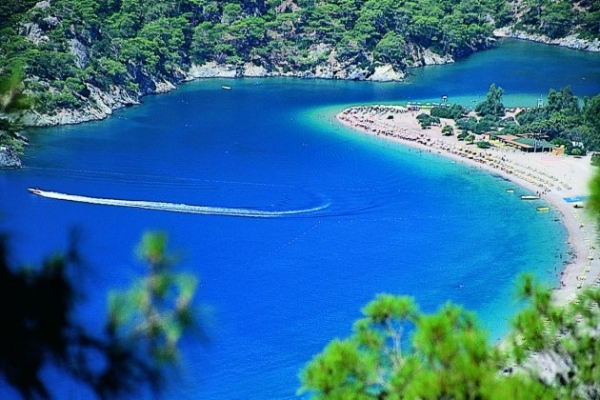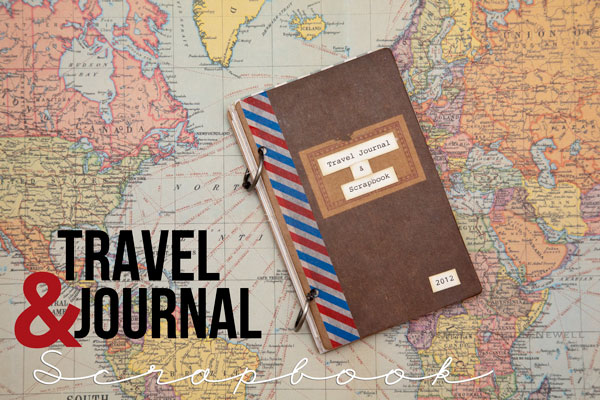Fethiye is a city and district of Mugila province. According to the 2008 census, the city has 68,000 inhabitants.
The city has great places that you can visit. For example, you can visit the Fethiye museum, Tomb of Amyntas, Kayoky, Afkule, Kadyanda and other historical sites. If you are planning of visiting the city, there are many ways in which you can travel around. The most common ones are:
Bus
There are many buses in Fethiye that lead you to different areas and use a colour coding system. For example, a navy blue bus goes to Calis, an orange bus goes to Tasyaka, while a white bus goes to Calica.
You can flag down a bus anywhere along its route; however, you should avoid doing so along busy town centers. When you want to flag down a bus, you should ensure that you make a clear signal when you see it approaching.
The prices vary depending on where you are going. The good side is that the prices are usually published on the bus and all you need to do is take a look at the list and make your payment. You should note that all payments are made to the driver.
Taxi
Taxis are very convenient ways to move around in Fethiye. The cars are available near main hotels, resorts and supermarkets. You can also flag down a taxi on the street. If you are living in a hotel, you can ask the hotel staff to call a taxi for you.
The good side is that most of the taxi drivers speak English; therefore, they will understand where you want to go. All the taxis are yellow in color and have meters that determine the amount that you need to pay for your journey.
Although, this is the case, you can negotiate the price especially if you are taking a long journey. For example, if you want to travel from Fethiye to Damalan airport.
Car hire
There are many companies in the city that rent their cars. The companies charge you depending on the duration that you want to use the car.
For you to rent the car, you should have a valid international driving license. You should also be 22 years old and have held a valid driver’s license for at least two years.
Once you are given the car, it’s your responsibility to ensure that the car is in good condition and free of accident.











